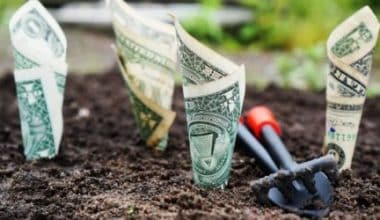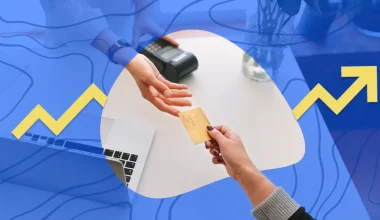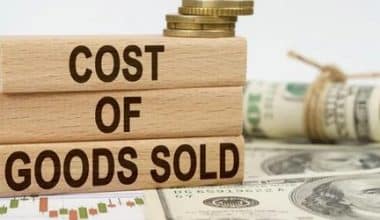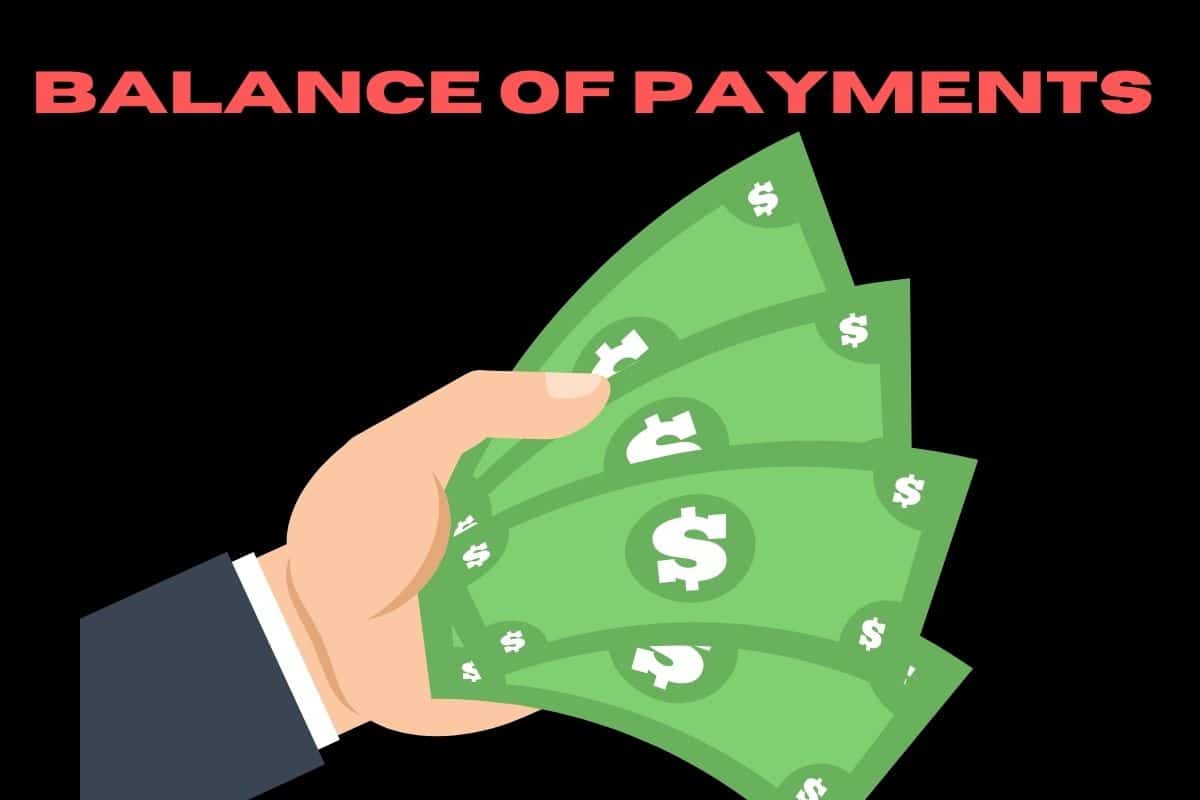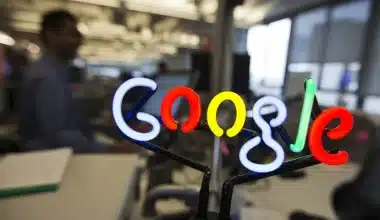When demand surpasses supply, higher prices are the end result. I will be discussing in this post all you need to know about demand-pull inflation including what factors it is caused by, for example, and what it really is.
DEMAND-PULL INFLATION
Before we set into the details, let’s look briefly into what inflation itself means. Inflation simply means sustaining the increase in the price level of goods.
Economists define it as “ too many dollars chasing too few goods”. In simpler words, it is the upward pressure on prices which in turn follows a shortage in supply. It is also a period of inflation that arises from rapid growth in aggregate demand.
Demand-pull inflation is the most common because it affects people’s standard of living and occurs due to rapid growth in the economy. The Keynesian economic theory describes it as an increase in employment which leads to an increase in aggregate demand for consumer goods. Meanwhile, in response to the demand, companies hire more people so that they can increase their output. The more employment firms engage in, the more the employment rate increases. Eventually, the demand for consumer goods outpaces the ability of manufacturers to supply them.
The term demand-pull inflation usually describes a popular phenomenon. This is when consumer demand surpasses the available supply of many types of consumer goods. Demand-pull inflation sets in, enforcing an overall increase in the cost of living.
Here are the four basic details you should remember about this inflation:
A falling unemployment rate.
- Excess demand and ‘too much money chasing too few goods.’
- The economy is at (or very close to) full employment/full capacity.
- The economy will be growing at a rate faster than the long-run trend rate.
WHAT IS DEMAND-PULL INFLATION
This is the opposite of cost-push inflation. The meaning is simply practical, showing thus when the aggregate demand in an economy is more than the aggregate supply.
Demand-Pull Inflation is the upward pressure on prices that follows a shortage in supply. It is the increase in aggregate need, categorized by the four sections of the macroeconomy: households, businesses, governments, and foreign buyers.
You can as well add that it exists when the aggregate need for goods or services outstrips aggregate supply. It starts with an increase in consumer demand where Sellers meet such an increase with more supply, But when additional supply is unavailable, sellers raise their prices. This results in inflation also called price inflation.
WHAT IS DEMAND-PULL INFLATION CAUSED BY
There are certain factors that demand-pull inflation is caused by and they include:
Growing economy: Anytime consumers feel confident, they spend more and take on more debt. Which leads to a steady increase in demand, and higher prices.
Increasing demand for export: A sudden rise in export forces an undervaluation of the currencies which are involved.
Government spending: Demand-pull inflation is caused by government spending. When the government spends more freely, in a country, prices intend to go up.
Expectations of inflation: Companies may increase their prices in expectation of possible inflation in the near future.
More money in the system: An expansion of the money supply with very low-interest rates. A cut in interest rates causes a rise in consumer spending and higher investment. This causes a rise in AD and inflationary pressures.
A rise in house prices: A rise in house prices creates a positive wealth effect and as well boosts consumer spending. Which leads to a rise in economic growth.
Rising real wages: For instance unions bargain for higher wage rates.
Devaluation: Demand-pull inflation is also caused by Devaluation in the exchange rate. Which also increases domestic demand.
These factors in one way or the other contribute to inflation in so many ways. The inflation just keeps getting worse if it’s not properly managed by the authorities and people involved.
EXAMPLE OF DEMAND-PULL INFLATION
A good example of demand-pull inflation is in March of 2020, the global economy shut down due to the coronavirus pandemic. And there was an advent of a number of vaccines in late 2020, the global economy began to slowly open up. As the availability of vaccines continues to increase, the pace of vaccinations sharply increased and the global economic recovery was moving forward at a fast speed.
The global economic recovery is driving up demand for goods and services that weren’t readily available for close to a year. Inventories have continued to deplete as consumers demand more food, household items, and fuel. This led to demand “pulling” up prices.
Furthermore, employment is rising and is also a popular example of demand-pull inflation. Meaning that consumers have more disposable income. Gasoline demand and prices are rising as most employees drive to work. Airline tickets and hotel rooms are also rising as pent-up consumers increase travel.
Another example of demand-pull inflation is the current low-interest rate that the environment is keeping a lid on mortgage rates. This is encouraging consumers to buy more houses, but with the supply of homes on the limit, prices are getting high. Some are buying new homes which drive up the prices of lumber and copper to near-record levels.
Government and global economy example
Essentially, as the global economy opens up again, individuals want to spend money, but factories haven’t been able to meet their demand as quickly as possible. Consumers are willing to pay higher prices, thereby, creating inflation.
Now consider a simple example of demand-pull inflation of a growing economy growing at a decent rate of 3%, and the high prices growth is under maintenance at 2%. Now the government decides to increase the growth rate to attract more investments from foreigners as well as local investors.
The government decides to expand its monetary policy by reducing the interest rates, making credit cheaper for common people. Henceforth Banks are now ready to give more credit. Because, reducing rates makes it easier to take home loans, auto loans, or credit cards. Consequently leads to increasing expenditure and demand. This will lead to an increasing growth rate of 5%. However, this growth rate has a price; inflation, because of the increasing number of buyers. The inflation will also increase to 4%.
What is demand-pull inflation and cost pull inflation?
When the economy’s total demand exceeds its total supply, demand pull inflation results. Cost pull inflation happens when total demand is constant but total supply falls as a result of external causes that raise prices.
What is an example of when demand-pull inflation happened?
The 2008 financial crisis and subprime mortgages provide one of the best illustrations of how demand-pull inflation is directly related to an increase in aggregate demand. In the years preceding the crisis, demand for mortgage-backed securities rose along with their popularity.
What is the main difference between demand-pull and cost-push inflation?
When demand grows to an extent that production cannot keep up, this is known as demand-pull inflation, and increased prices are often the outcome. In other words, while demand-pull inflation is driven by consumer demand and cost-push inflation is driven by supply costs, both result in higher prices being passed on to consumers.
What is the difference between cost-push and demand-pull inflation?
Demand-pull inflation develops when overall demand grows more quickly than overall supply. Cost-Push Inflation happens when the price of inputs rises due to a shortage in the cost of production, which causes the supply of products to decline.
What is demand-pull inflation called?
In response, sellers boost their supply. However, when more supply is not available, vendors increase their prices. This causes “price inflation,” also known as demand-pull inflation.
CONCLUSION
This inflation is common, unlike push cost inflation which is rare. It is a result of rapid growth in any economy thereby creating unbalance in different sectors and also the lives of people in that particular country.
FAQs
What is demand pull and cost pull inflation?
This arises when the aggregate demand becomes more than the aggregate supply in the economy. Cost pull inflation occurs when aggregate demand remains the same but there is a decline in aggregate supply due to external factors that cause a rise in price levels.
Why does demand-pull inflation occur?
In the most basic sense, demand-pull inflation happens when too many consumers are attempting to purchase too few goods. Whereas inflation is usually triggered by a supply shortage, which then causes prices to jump, demand-pull inflation is instead driven by an increase in aggregate demand first
What is the best example of demand-pull inflation?
This is often considered the most common type of inflation. Sometimes demand-pull inflation can result from increases in government spending. For example, if the government puts money into a system where resources are limited, demand-pull inflation could follow.
How demand-pull inflation affects unemployment?
If there is an increase in aggregate demand, such as what is experienced during demand-pull inflation, there will be an upward movement along the Phillips curve. As aggregate demand increases, real GDP and price level increase, which lowers the unemployment rate and increases inflation
Related Articles
- Push Strategy: Marketing Practices & Comparisons (+Free Tips)
- BUSINESS INSURANCE: Definition, Types, Example, Cost & How it Works
- General Aggregate Limit: Definition and Insurance Policies
- Pull Strategy: Guide to The Pull Marketing Strategies (+Free Tips)
- PUBLIC LIABILITY INSURANCE: Meaning, Quotes, Cost & Best UK Practices

